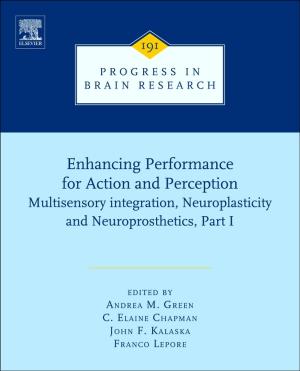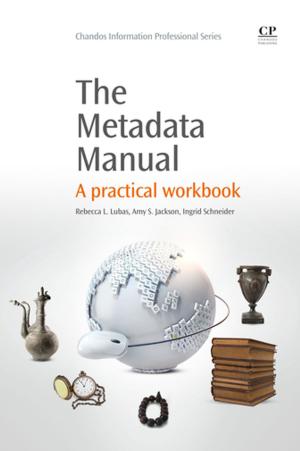Handbook of Oxidants and Antioxidants in Exercise
Nonfiction, Health & Well Being, Medical, Specialties, Toxicology, Science & Nature, Science, Biological Sciences, Environmental Science| Author: | ISBN: | 9780080538297 | |
| Publisher: | Elsevier Science | Publication: | February 16, 2000 |
| Imprint: | Elsevier Science | Language: | English |
| Author: | |
| ISBN: | 9780080538297 |
| Publisher: | Elsevier Science |
| Publication: | February 16, 2000 |
| Imprint: | Elsevier Science |
| Language: | English |
The Handbook of Oxidants and Antioxidants in Exercise examines the different aspects of exercise-induced oxidative stress, its management, and how reactive oxygen may affect the functional capacity of various vital organs and tissues. It includes key related issues such as analytical methods, environmental factors, nutrition, aging, organ function and several pathophysiological processes.
This timely publication will be of relevance to those in biomedical science and was designed to be readily understood by the general scientific audience.
The Handbook of Oxidants and Antioxidants in Exercise examines the different aspects of exercise-induced oxidative stress, its management, and how reactive oxygen may affect the functional capacity of various vital organs and tissues. It includes key related issues such as analytical methods, environmental factors, nutrition, aging, organ function and several pathophysiological processes.
This timely publication will be of relevance to those in biomedical science and was designed to be readily understood by the general scientific audience.















